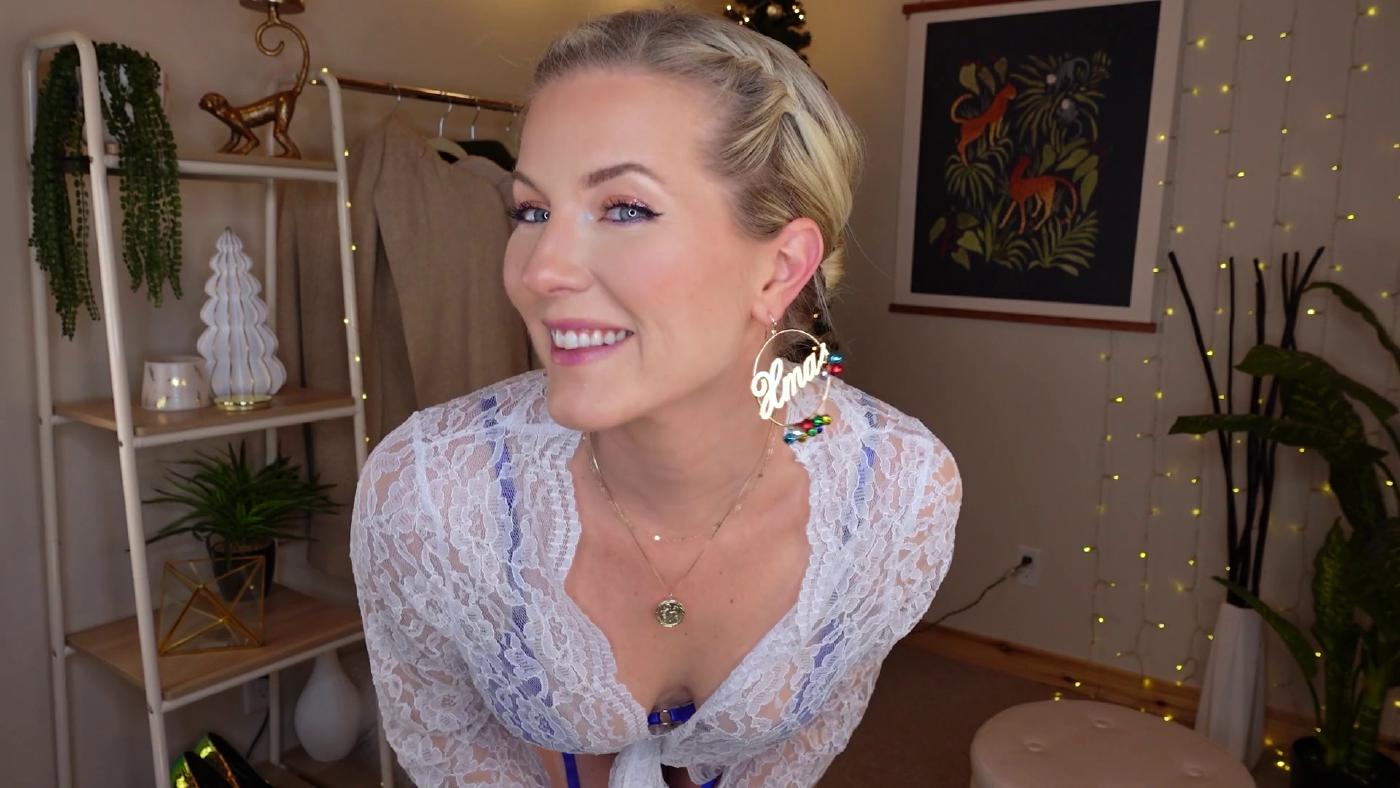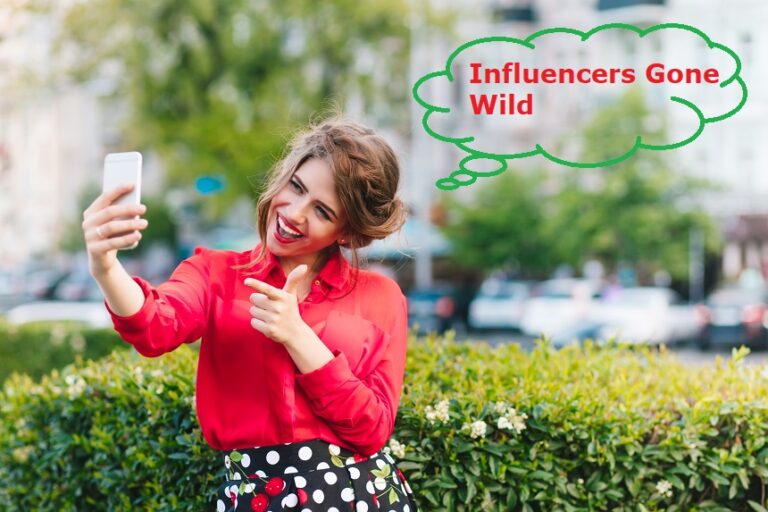Influencers Gone Wild: Backlash & Scandals!
Is the pursuit of virality worth sacrificing ethical boundaries and potentially damaging your reputation? In the relentlessly evolving landscape of social media, the answer, increasingly, seems to be a resounding "no," yet the temptation to push limits persists, leading to the phenomenon known as "Influencers Gone Wild."
The term "Influencers Gone Wild" has become shorthand for a troubling trend: social media personalities engaging in reckless stunts, making shocking choices, and embracing viral challenges that often cross ethical lines, all in the name of attention and engagement. This behavior frequently results in scandals, controversy, and, ultimately, backlash from their audience and the wider public. Its a complex issue, driven by a confluence of factors, from the pressure to create consistently engaging content to the allure of quick fame and fortune. The consequences, however, can be far-reaching, impacting not only the individual influencer but also the brands they represent and the digital culture they inhabit.
Consider Logan Paul, a prominent figure on YouTube, who found himself embroiled in a maelstrom of controversy when he posted a video filmed in Japan's Aokigahara forest, infamously known as the "suicide forest." The video, which included footage of a deceased person, triggered an avalanche of outrage and condemnation. This incident serves as a stark reminder of the potential for influencers' actions to cause deep offense and inflict lasting harm.
| Category | Details |
|---|---|
| Name | Logan Paul |
| Birthdate | April 1, 1995 |
| Birthplace | Westlake, Ohio, USA |
| Nationality | American |
| Known For | YouTube personality, actor, boxer, and podcast host |
| Social Media Presence | Extensive presence across YouTube, Instagram, Twitter, and TikTok. |
| Controversies | Aokigahara forest video, various insensitive remarks and actions. |
| Professional Background | Initially gained fame on Vine, transitioned to YouTube with vlogs, later branched out into acting, boxing, and podcasting. |
| Career Highlights | Achieved a massive following on YouTube, participated in high-profile boxing matches, and launched successful business ventures. |
| Public Image | Subject to significant public scrutiny due to controversial actions and statements, resulting in both praise and criticism. |
| Reference | Wikipedia - Logan Paul |
This case is far from isolated. Across various platforms, from Instagram to TikTok, influencers are constantly vying for attention, often pushing the boundaries of acceptable behavior. The pressure to remain relevant in a saturated market can be immense, leading some to resort to increasingly provocative or risky actions. These actions can range from ill-conceived pranks and endorsements of questionable products to participation in dangerous challenges and the deliberate creation of offensive content.
The allure of virality is undeniable. A single video or post can catapult an influencer to unprecedented levels of fame and wealth. However, this pursuit of instant gratification often comes at a cost. Scandals erupt, brands sever ties, and fans express disappointment and disillusionment. The internet, a powerful tool for connection and dissemination, can also become a stage for public shaming and permanent reputational damage.
The rise of social media has undeniably transformed the landscape of celebrity. Influencers, who operate in various niches like fashion, gaming, vlogging, and tech, have become powerful forces shaping opinions, trends, and consumer behavior. They captivate millions with their content, wielding an influence that was once reserved for traditional media outlets. However, this influence brings with it a significant degree of scrutiny.
The term "Influencers Gone Wild" encompasses a wide spectrum of behaviors. These can include stunts that endanger the influencer or others, making shocking choices meant to generate attention, or participating in challenges that are ethically questionable or potentially harmful. The core issue is the willingness to disregard ethical, legal, or moral boundaries for the sake of popularity. The motivation behind this behavior often stems from the immense pressure to create engaging content in a digital world that rewards sensationalism.
Furthermore, the concept of "Influencers Gone Wild" extends to commercial activities. Endorsing products without proper disclosure, promoting unsubstantiated claims about health benefits, or engaging in deceptive marketing practices are also examples of actions that can lead to significant backlash. The public is becoming increasingly savvy and critical of the content they consume, making it more challenging for influencers to maintain trust and credibility.
A particularly problematic area is the blurring of lines between content creation and genuine personal experience. Some influencers are accused of fabricating or exaggerating their lifestyle, relationships, or experiences to project an idealized image and secure sponsorships. This can erode the authenticity of their brand and leave their audience feeling deceived.
The issue of ethical boundaries isn't limited to individual influencers. The platforms themselves also bear a responsibility. The algorithms that drive engagement often prioritize content that is sensational or controversial, potentially incentivizing influencers to cross the line. Social media companies have a crucial role to play in moderating content, enforcing ethical guidelines, and fostering a more responsible digital environment.
The "Influencers Gone Wild" phenomenon raises fundamental questions about the nature of online celebrity, the ethics of content creation, and the responsibilities of both creators and platforms. It is a complex and evolving landscape, constantly shaped by the actions of its participants and the reactions of its audience. The future of the industry hinges on finding a balance between creativity, engagement, and accountability.
In the pursuit of fame and fortune, the individuals who shape culture, entertainment, and media, often take things too far, leading to scandals, controversy, and backlash. The actions they take can involve doing crazy stunts, making shocking choices, or joining viral challenges that don't work out. These actions get people talking and make headlines, but they also carry significant risks, including a hit to the influencer's reputation and potentially legal consequences.
The impact of "Influencers Gone Wild" extends beyond individual influencers. It has a ripple effect on the entire ecosystem of social media, potentially influencing the behavior of others and creating a culture of heightened risk-taking. As the landscape continues to evolve, it's crucial for influencers, platforms, and audiences to engage in a critical dialogue about the ethics of content creation and the need for greater accountability.
The prevalence of "Influencers Gone Wild" is also a reflection of the challenges influencers face. Many often face immense pressure to create engaging content. Maintaining a consistent stream of fresh content that is both entertaining and relevant can be incredibly difficult, especially in a fast-paced and competitive digital environment. This pressure can lead to individuals to make risky choices to garner attention.
The term "Influencers Gone Wild" can also refer to the rise of a website for pornographic influencer content. This aspect raises significant ethical concerns about the exploitation of influencers and the potential for harm. It underscores the darker side of the industry, where some influencers might exploit their fame or image for financial gain, irrespective of ethical boundaries or audience reactions. This highlights the critical need for transparency and accountability in the influencer space, as well as stronger measures to safeguard those who might be vulnerable to exploitation.
While many links might be provided on a webpage, it's important to understand the meaning behind them. Some of these links are affiliate links, meaning that when clicked on, and the product is purchased, the content creator will receive an affiliate commission at no extra cost to the consumer. This is a common practice used for monetization.
This includes the evolution of the "Influencers Gone Wild" landscape. There are many common types of extreme influencer behavior, that all come down to pushing boundaries in the quest for attention.
In the digital era, influencers have become a dominant force in shaping opinions, trends, and consumer behavior. However, with fame and power comes scrutiny, and the term "Influencers Gone Wild" has gained traction to describe situations where influencers cross ethical, legal, or moral boundaries. The increasing focus on ethics in the influencer space signifies a shift toward greater accountability and transparency. It also underlines the audience's growing awareness and expectation of responsible content creation.
The term "Influencers Gone Wild" is more than a headline; it represents a complex web of incentives, pressures, and consequences. Understanding the nuances of this phenomenon is essential for both creators and consumers alike. This is an evolving landscape, and as it continues to change, the concept of Influencers Gone Wild will continue to evolve with it.


